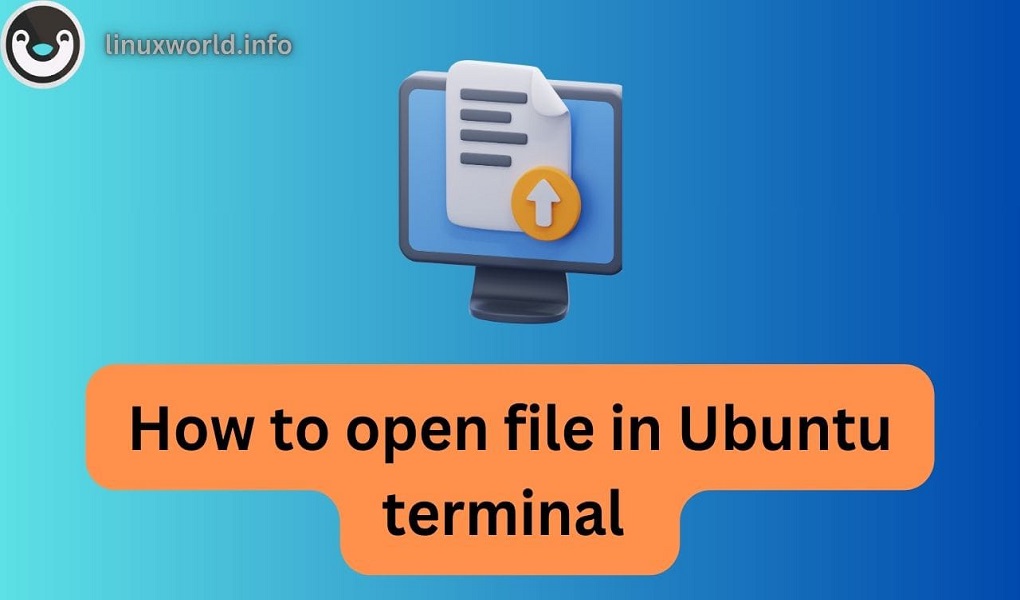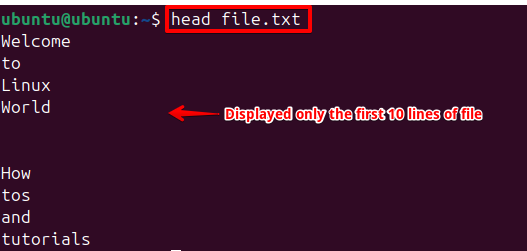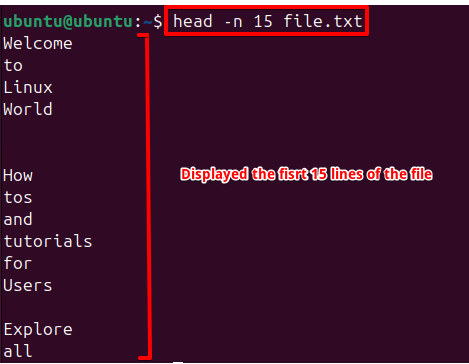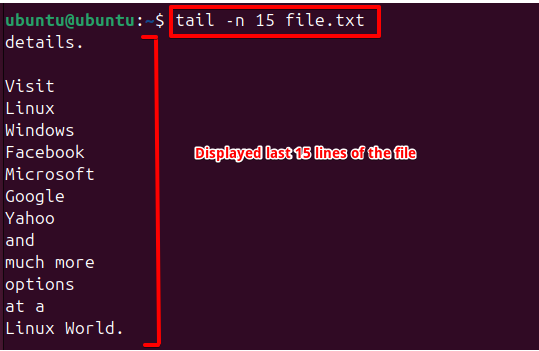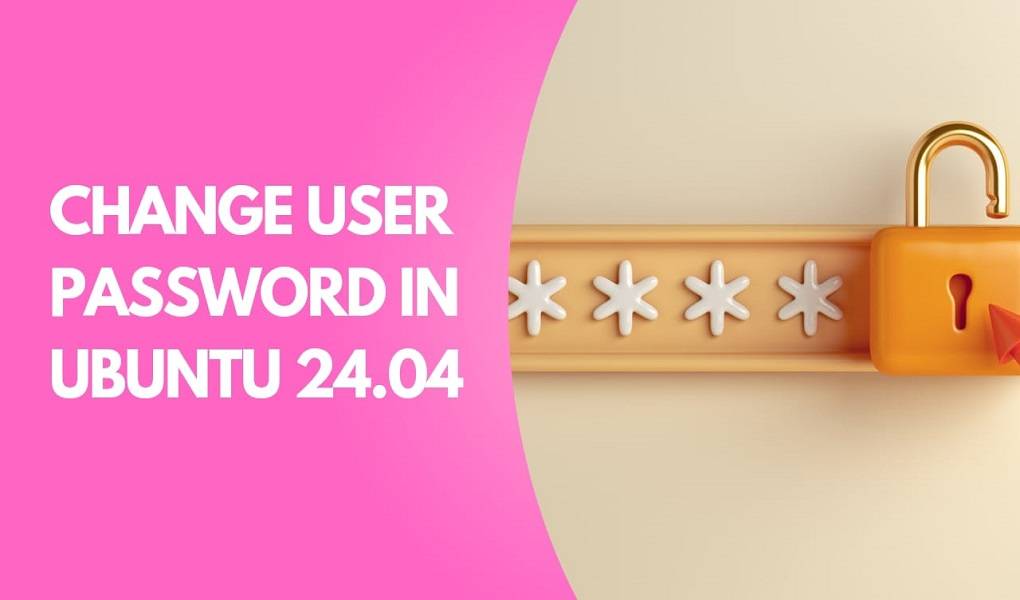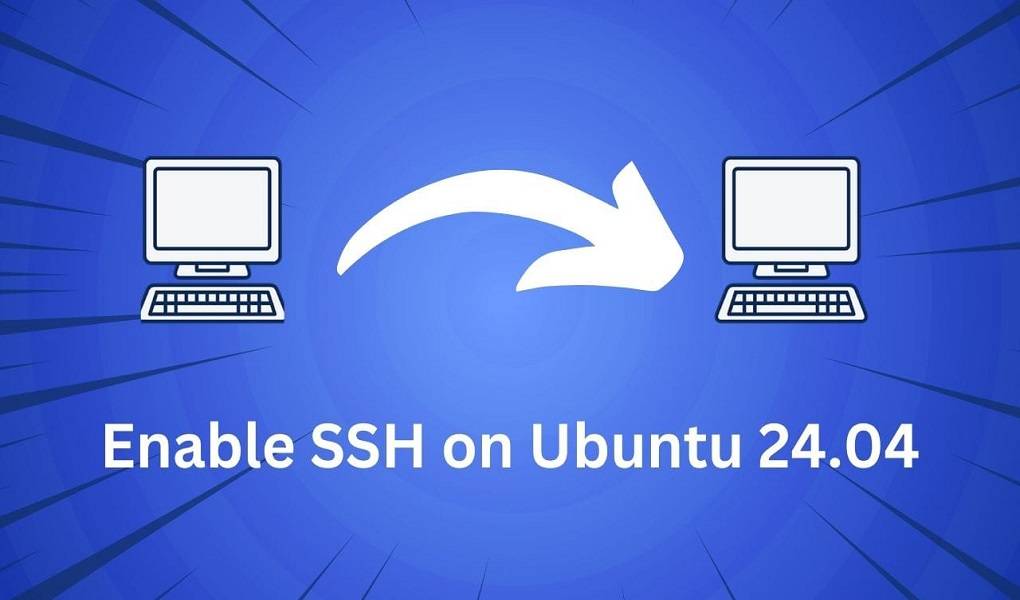Have you ever wondered how some users navigate their Ubuntu systems with such ease and efficiency? Imagine the power of opening, viewing, and editing files directly from your terminal, streamlining your workflow without ever leaving the command line. Whether you’re a beginner eager to learn or an experienced user looking to enhance your skills, mastering these techniques can significantly boost your productivity. Are you ready to unlock the full potential of your Ubuntu 24.04 LTS terminal experience?
In this guide, we’ll explore diverse methods for opening files via the terminal. Each technique offers unique features and benefits. Understanding these tools is essential for maximizing your Linux experience. From simple viewing commands to powerful text editors, we’ll cover all the techniques you need to efficiently navigate and manipulate your files. Let’s dive in and enhance your command-line skills to streamline your workflow.
Also, read How to open a file from the terminal in Ubuntu 22.04.
How to Open a File in Ubuntu Terminal
Discover the various methods available in the Ubuntu 24.04 LTS terminal for opening files efficiently. This guide provides step-by-step instructions for each approach, ensuring you can navigate through your files with ease and precision:
- Using the cat Command: Display file contents in the terminal.
- Using the less Command: View files page by page with navigation controls.
- Using the more Command: Utilize the more command to browse through files, displaying the file content one screen at a time.
- Using the head Command: Utilize the head command to view the initial 10 lines of a file, offering a quick overview of its content.
- Using the tail Command: View the last few lines of a file.
- Using the nl Command: View file contents with numbered lines for easy reference.
- Using the xdg-open Command: Open files with their default applications based on file type.
- Using the Editor: Edit files directly in the terminal with a simple text editor.
Each method is tailored to suit different preferences and tasks, ensuring you have the flexibility and efficiency to manage your files effectively in Ubuntu 24.04 LTS.
Method 1: Using the cat Command
The cat command is one of the simplest ways to display the contents of a file in the terminal.
cat filename.txt

Note: This is suitable for viewing small text files. For larger files, consider using less or more.
Method 2: Using the less Command
The less command allows you to view the content of a file one page at a time, providing more control than cat.
less filename.txt
Navigation:
- Use Space or Page Down to move forward for viewing the complete content.
- Use b or Page Up to move backward.
- Press q to quit.
Method 3: Using the more Command
The more command works similar to less but with fewer features. It enables the user to view the file content one screen at a time.
more filename.txt
Navigation:
- Use Space to move forward.
- Press q to quit.
Method 4: Using the head Command
The head command is used to display only the initial lines of a file. Usually, it gives the first 10 lines by default.
head filename.txt
Specify the number of lines:
head -n 20 filename.txt
Method 5: Using the tail Command
The tail command is designed to show just the final lines of a file. Usually, it shows the last 10 lines by default.
tail filename.txt
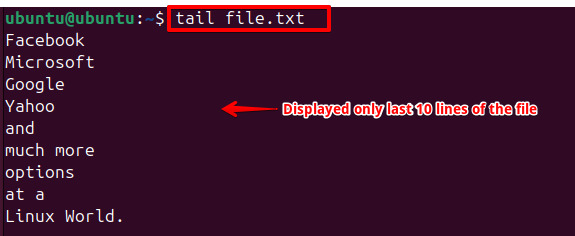
Specify the number of lines:
tail -n 20 filename.txt
Method 6: Using the nl Command
The nl command is used to display the contents of a file while numbering each line, which can be particularly useful for reference and tracking specific lines within a file.
nl filename.txt

Method 7: Using the xdg-open Command
The xdg-open command opens a file with its default application, depending on the file type.
xdg-open filename.txt
![]()
This command will let you view your file as shown below:

Note: This is useful for opening various file types, including text, images, and PDFs.
Method 8: Using the nano Editor
nano is a simple, user-friendly text editor for the terminal. It allows the users to both view and make changings to the files.
nano filename.txt
![]()
This command will let you open the file as shown below:

Basic Commands:
You can apply the following commands to ensure smooth workflow.
- Ctrl + O: Save changes.
- Ctrl + X: Exit nano.
- Ctrl + W: Allows the user to search within the file.
Conclusion
Learning how to open and manage files in the Ubuntu 24.04 LTS terminal can make your workflow faster and more efficient. Whether you use basic commands like cat and nl, interactive tools like less and more, or powerful editors like nano, or graphical applications launched via xdg-open, each method offers unique benefits. By mastering these techniques, you can easily navigate and edit files directly from the terminal, making your work on Ubuntu more streamlined and productive.
Keep visiting Linux World.
